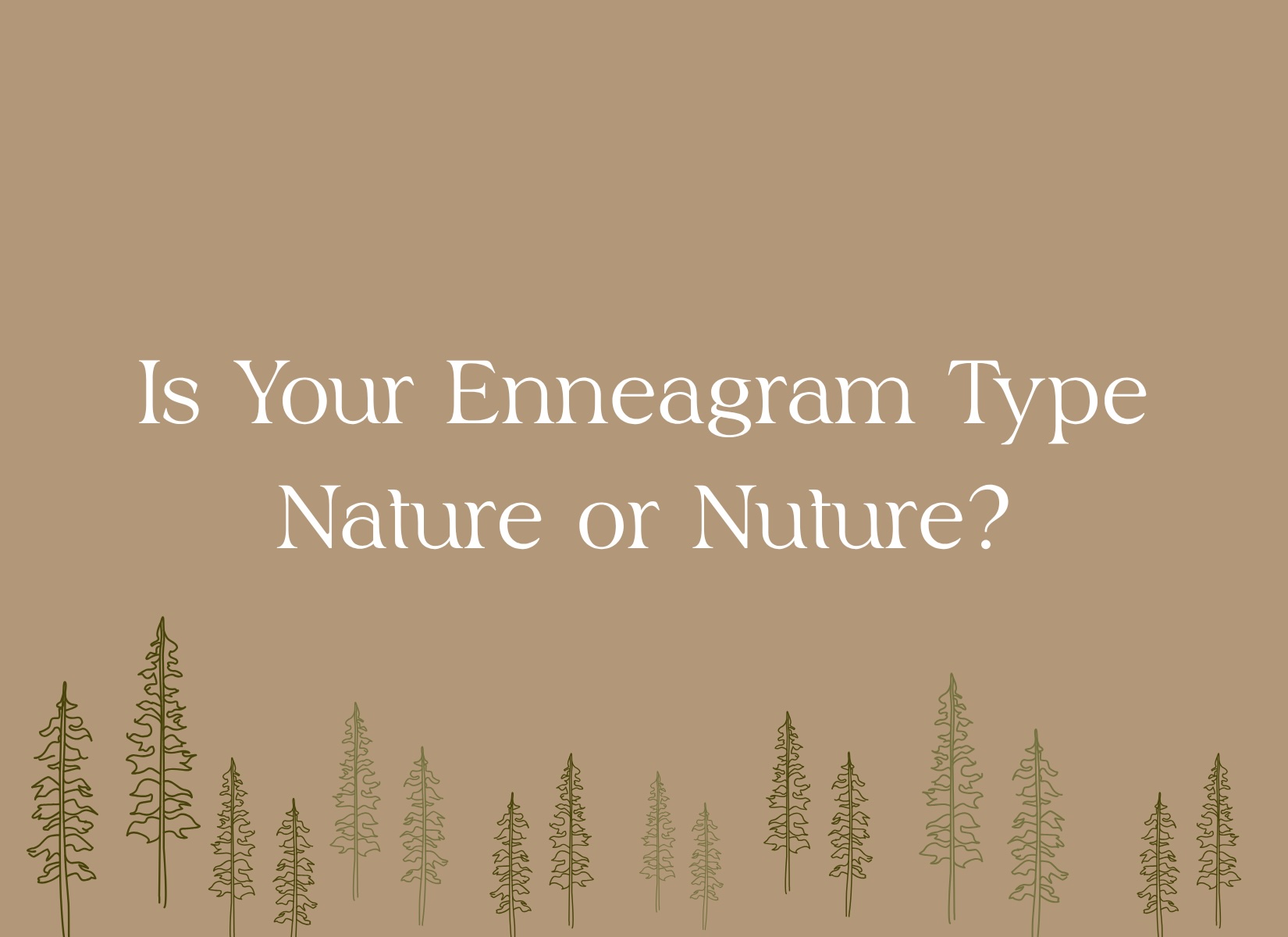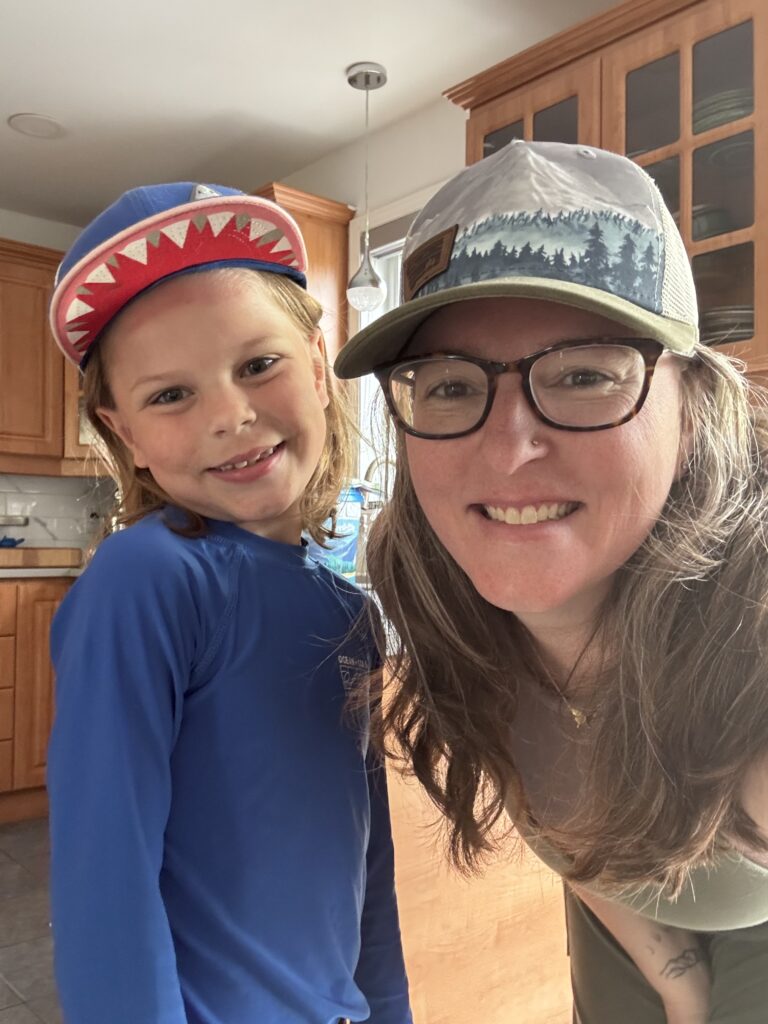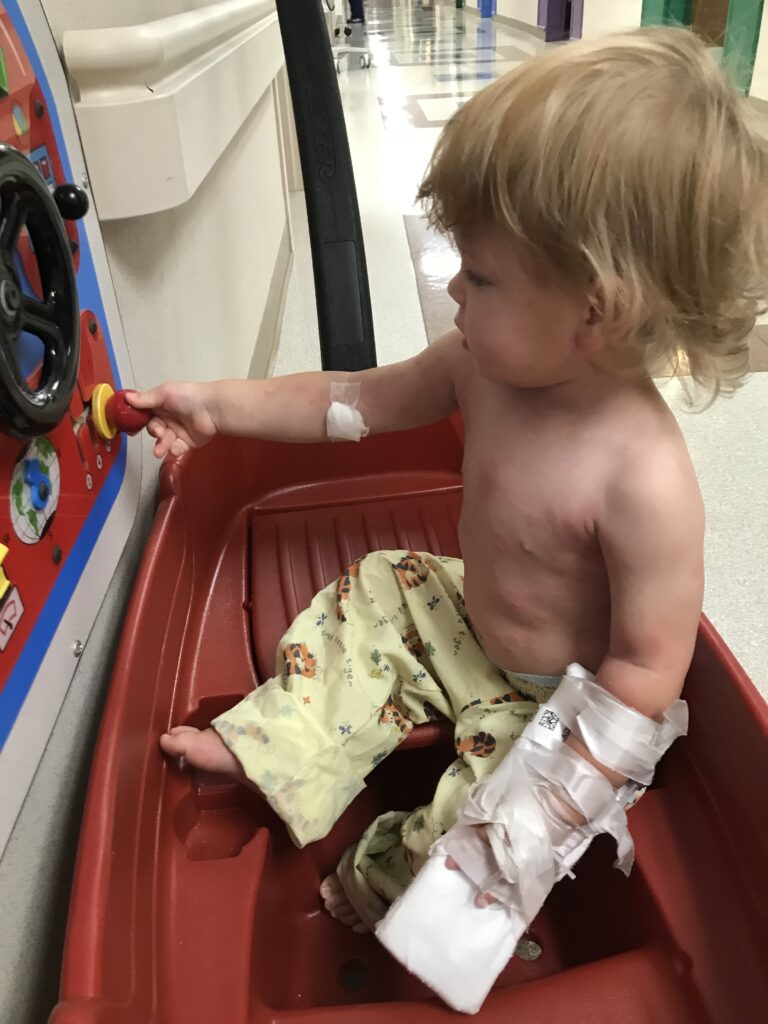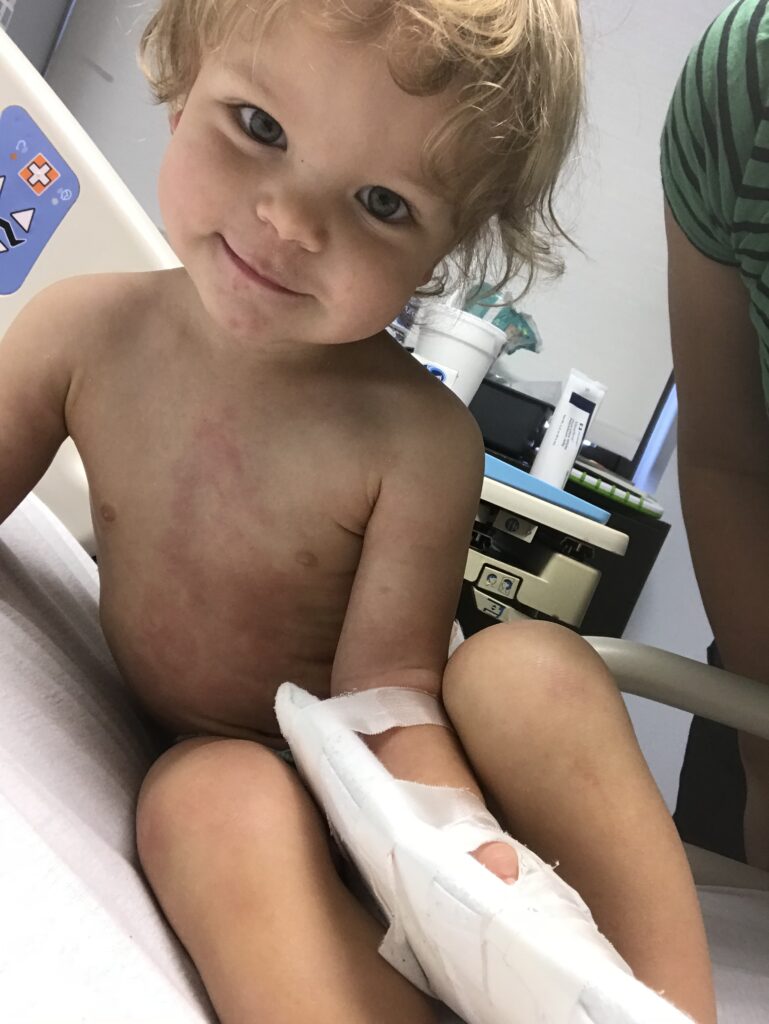
What my 8-year-old taught me about personality, trauma, and pace.
We love clean answers, don’t we?
Nature or nurture?
An Enneagram type that explains everything?
A tidy personality label with a cute graphic?
Sorry, but real life is way messier than that. And if you’ve ever found yourself wondering where your type actually comes from, this post is for you.
Let’s break it down.
Your Type Isn’t Your Personality
It’s your pattern.
Your Enneagram type is not a fixed personality or identity. It’s a pattern—a survival strategy that began in childhood to help you stay safe, stay connected, and navigate a world that felt confusing, overwhelming, or even unsafe.
That means it’s a little bit nature, a little bit nurture…
And also trauma.
And your nervous system.
And your environment.
And your attachment dynamics.
And whatever else your brain had to do to help you get through your earliest years with some sense of safety.
So What Does That Actually Look Like?
Let me introduce you to Louie.

Louie is 8½. He’s vibrant, neurodivergent, and deeply sensitive. He’s been diagnosed with ADHD, OCD, and a generalized anxiety disorder. If you met him, you might assume he’s a Type Six—loyal, cautious, full of worry.
But here’s the thing:
We can’t confuse behavior with type.
Especially when we’re looking at children.
Especially when we’re talking about trauma.
Especially when neurodivergence is involved.



The Story Behind the Sickness
When Louie was 21 months old, he landed in the pediatric ICU with an unexplainable illness. Rash, fever, joint swelling—you name it. We spent four terrifying days with specialists circling, offering more questions than answers.
When we were discharged, the plan was to keep him safe. Keep his immune system calm. So we pulled back—on social activities, on big birthday parties, on exposure to germs. I cut back on work. We protected him as best we could.
And when it finally came time for testing at age 4, it required an overwhelming amount of bloodwork. Which his body—and his nervous system—simply couldn’t handle.
I can still hear his voice, screaming “STOP HURTING ME,” as two or three adults held him down just to get the blood draw done. It happened over and over again. His little body and brain were flooded.
And he learned: the world can hurt you, fast.
Today, Louis Panics at Every Boo-Boo
A paper cut is a full-body crisis.
A bandaid? Non-negotiable.
Removing that bandaid? Diplomacy-level negotiation.
Sometimes it rips right off.
Sometimes it stays on for days.
Sometimes it falls off in the bath.
The point is: we do it Louie’s way.
We call it Louie’s pace.
He tells us when he needs to slow down. When he’s had enough. When it’s time to pause. He’s taught me to do the same for myself.
Erin’s pace is a thing now, too.
What If You Don’t Know Your Pace Anymore?
So many of us have spent our entire lives moving at someone else’s pace.
Trying to keep up.
Trying to survive.
Trying to be “productive” or “successful” or “enough.”
Your Enneagram type helped you do that.
But it doesn’t mean that coping pattern still supports you.
It might be time to update the system.
Ready to Learn What Actually Supports You?
Here’s what I help people do:
✨ Understand their Enneagram type through a trauma-informed, behavior-focused lens
✨ Rebuild nervous system regulation, one habit at a time
✨ Create identity-based support systems that work with—not against—themselves
✨ Find a pace that allows for clarity, capacity, and ease
If you’re curious where to begin—or wondering what your type might be trying to protect you from—I’d love to help.
We’ll talk about where you’re at, what’s not working, and how you can begin to build a system that actually feels good.
👉 Schedule your call here
No pressure. No pitch. Just clarity.
View comments
+ Leave a comment